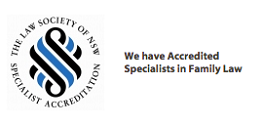It is not unusual for a group of people (whether it be two or more) to form a syndicate for the purposes of purchasing a property as an investment. Usually the owners hold the property as Tenants in Common. The shareholding can be equal or otherwise. For example, a commercial property may be held by three people, one owning one half and the remaining two owning one quarter each. It is wise for the syndicate to have a partnership agreement. However, if there is no such agreement and if there is a dispute then Section 66G of the Conveyancing Act can assist where one owner would like to sell the property and the remaining owners would like to keep the property. Section 66G provides that where a property is held in co-ownership (whether as Joint Tenants or Tenants in Common) the Court may, on the application of any one (or more) of the co-owners appoint a Trustee to hold the property in trust for all of the owners for the specific purpose of selling the property. At the completion of the sale, the nett proceeds of sale are split between the co-owners in the proportions in which they owned the property. Proceedings under Section 66G are brought in the Equity Division of the Supreme Court and in most cases there is no defence to the proceedings. In other words, if all of the documentation is in order, and the ownership of the property by the co-owners is established, then the Court will make the Order and vest the property in the Trustees for the purpose of the sale. The Court must be satisfied that the Trustees are suitable for the purpose. It follows that if a property is owned by a group of people that there should be a partnership agreement in place to avoid the possibility of proceedings under Section 66G being brought.
Menu
Menu









